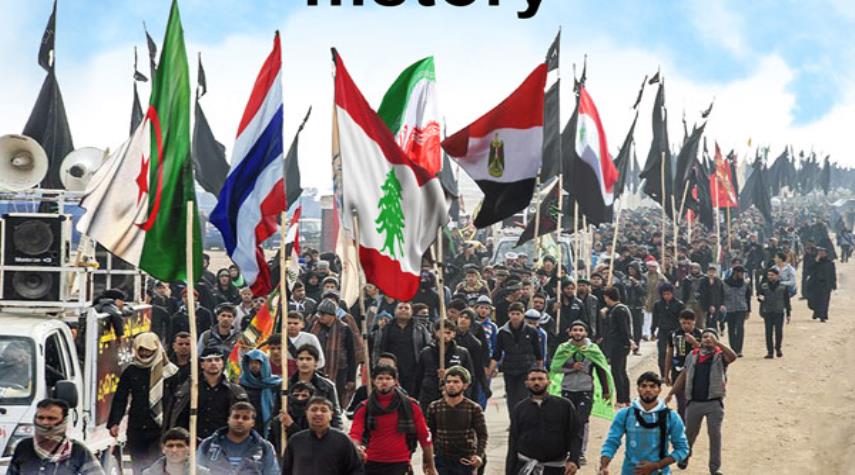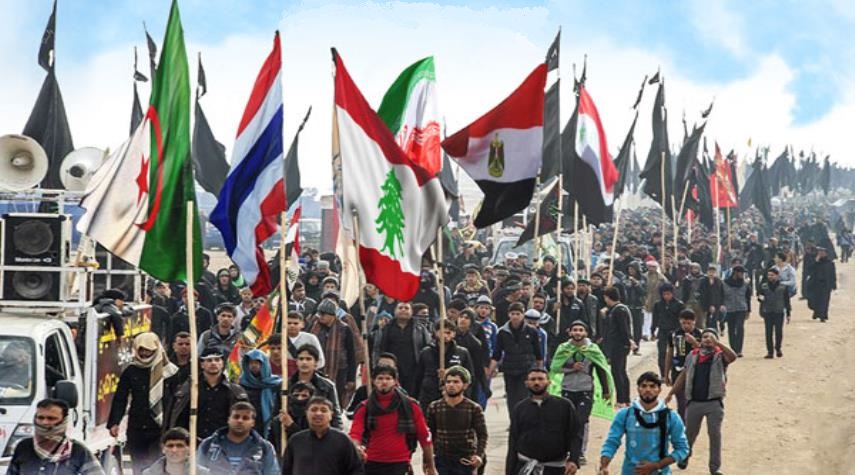Study of Muslims’ conduct in the subject of ziyāra of people of grave can be regarded as another confirmer for ziyāra permissibility.
As examples ziyāra of people of grave by religion personages and the ashab, these are mentioned: ziyāras of Abu Bakr, Saʿd ibn Abi Waqqāṣ, Abu Saʿeed Khudrī, Umm Salamah, Abu Hurairah, ‘Abdullah ibn ‘Umar and Fatimah Khoza‘iyah from the grave of Hamzah, ziyāra of Aisha from the grave of her brother ʿAbd al-Rahmān, ziyāra of ‘Umar from his father’s grave, ziyāra of Imam Hussain (PBUH) from the grave of Imam Hasan (PBUH) on Friday eves, ziyāra of Jabir ibn ‘Abdullah Ansari on Arba’een and also based on some sources, ziyāra of the family of Imam Hussain (PBUH) from the graves of Karbala martyrs on their way back to Medina after being emancipated from captivity.
Also mentioning of certain graves noted by Muslims in some sources is an indication of Muslims’ conduct throughout times. Some of such people of grave are: Bilāl Habashī, Salman Farsi, Talhah, Zubair, Abu Ayyūb Anṣāri, ‘Umar ibn Abd al-‘Azīz, Abu Ḥanīfah and Mālik ibn Anas.
Philosophers have also believed in ziyāra of people of grave and have raised argument for this belief too. Ziyāra of people of grave has also been common among the mystics and Sufis. They have considered going to ziyāra as a way to spiritual journey and to gain virtues, therefore they have recommended it to their followers.
Source:
Pilgrimage “Ziyāra” from the Viewpoint of the Holy Quran, Hadiths and Theological Discourses-An Entry from Encyclopaedia of the World Islam [p 14-15].
Author: Maryam Kiani Farid
Translated by Mojganeh Saffarnia.


